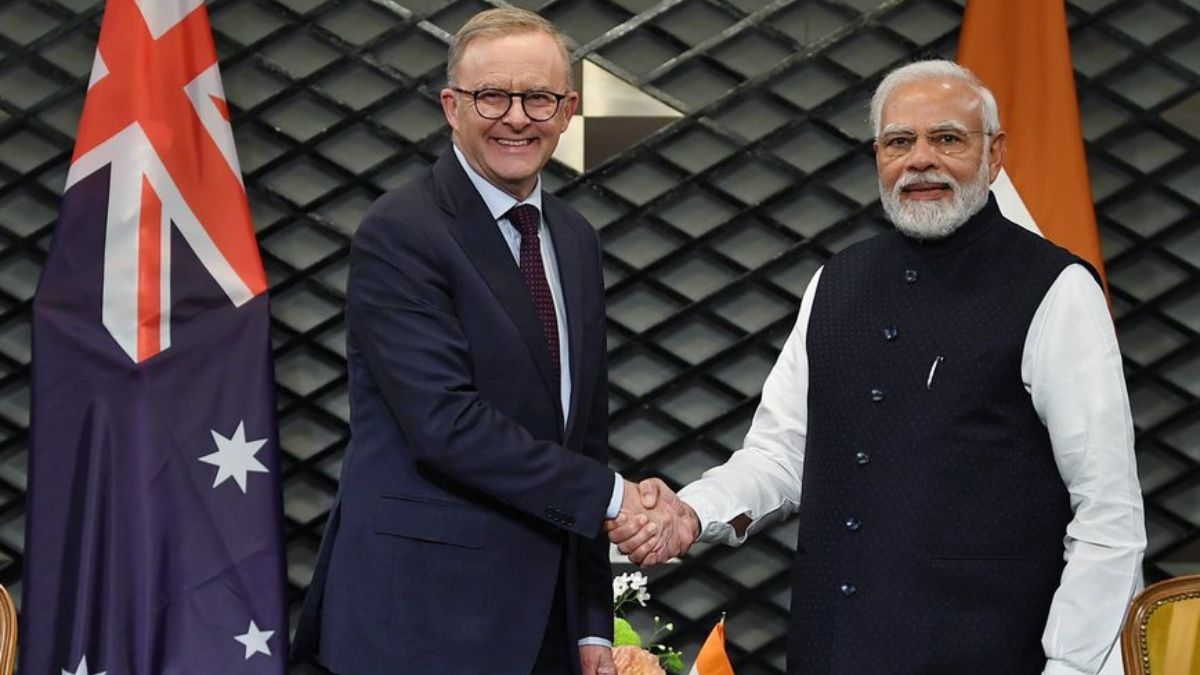Reserve Bank’s views on hot jobs market to be canvassed

- by Admin
- October 20, 2024

The Reserve Bank of Australia’s second-in-command will have an opportunity to opine on a robust jobs readout as anxious borrowers await good news.
A fireside chat with Deputy Governor Andrew Hauser is on the agenda at Commonwealth Bank’s Global Markets Conference on Monday, where he is likely to face questions on the labour market.
Any insights into the trajectory for interest rates will be welcomed by stretched borrowers, with hopes for cuts earlier than the February 2025 – or later – timeline pencilled in by most economists.
The 64,100 jobs added to the economy comfortably beat expectations and the unemployment rate held at 4.1 per cent from a downwardly revised figure in August.

September’s inarguably hot labour market figures sparked questions for the inflation outlook and when easing could be expected.
RBA chief economist Sarah Hunter in September said the labour market was “still tight” relative to full employment – the maximum level consistent with low and stable inflation.
Yet promising signs on the inflation front might help neutralise job market concerns.
The Australian Bureau of Statistics’ August price gauge had the trimmed mean sinking to 3.4 per cent, its lowest rate in two-and-a-half years.
The reading bodes well for the all-important and more-comprehensive September quarter inflation print at the end of the month.
The RBA has already been “tilting in a slightly less hawkish direction”, AMP chief economist Shane Oliver said.
The economist would be looking for confirmation of this posture in Mr Hauser’s remarks on Monday.
The same conference will feature an appearance on Tuesday from a Reserve Bank of New Zealand official, assistant governor Karen Silk.
Like Australia, Kiwis have been enduring high inflation yet last week’s consumer price index sank to 2.2 per cent from 3.3 per cent – back within the central bank’s target band.
After engineering an economic slowdown to bring inflation down by hiking the official cash rate to 5.5 per cent, the RBNZ has cut interest rates at the past two meeting.
The cash rate is now sitting at 4.75 per cent and more easing has been signalled, including a likely 50 basis points at the year-ending November meeting that would see New Zealand’s rate marginally below Australia’s 4.35 per cent.
Local investors will respond to a strong finish on Wall Street as the market absorbed positive economic data and upbeat corporate earnings and forecasts.
The S&P 500 gained 23.05 points, or 0.39 per cent, to end on Friday at 5,864.52 points, the Nasdaq Composite gained 115.30 points, or 0.63 per cent, to 18,488.91 and the Dow Jones Industrial Average rose 37.96 points, or 0.09 per cent, to 43,277.01.
Australian share futures rose 44 points, or 0.52 per cent, to 8365.
The benchmark S&P/ASX200 index on Friday finished down 72.7 points, or 0.87 per cent, to 8,283.2, while the broader All Ordinaries dropped 72.9 points, or 0.85 per cent, to 8,551.2.
The Latest News
-
November 22, 2024Cricket Australia to honour late Phillip Hughes on 10th death anniversary during 2nd BGT Test in Adelaide against India | Sporting News Australia
-
November 22, 2024Indigenous designers hit the end of fashion week runway – News Of The Area
-
November 22, 2024Suns swoop to pinch ruckman from Dockers
-
November 22, 2024Elon Musk criticizes Australia’s proposed ban on social media for children
-
November 22, 2024DP World Tour: BMW Australian PGA Championship cut to 54 holes after Friday’s play cancelled in Queensland




